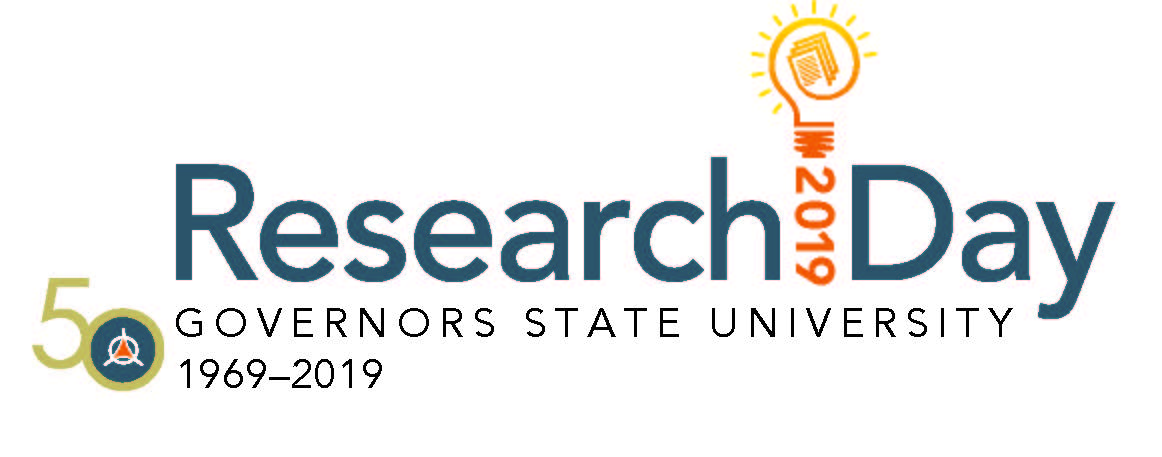
Comparing Outcome Measures for a Four Year Old Male with Pura Syndrome: A Retrospective Case Report
Type of Presentation
Poster Session
Start Date
4-12-2019 4:00 PM
End Date
4-12-2019 6:00 PM
Abstract
Background/purpose: The purpose of this retrospective case report was to describe and discuss the use of several outcome measures in an outpatient setting for a child with PURA syndrome.
Case Description: A four year old male with PURA syndrome and a physical therapy diagnosis of hypotonia, was seen in an outpatient pediatric clinic for the past 2 years. The goal attainment scaling (GAS) has been used to individualize the treatment for a child with a rare syndrome.
Outcomes: The child received 43 visits in an outpatient pediatric setting with slow but steady progress. He has improved functional skills including transitions, standing and ambulation with a reverse wheel walker. GAS was effective in demonstrating achievement of goals over the past two years.
Discussion: The diagnosis of PURA syndrome is a recent medical advancement and scant physical therapy research exists. Children with PURA syndrome may have motor dysfunctions and may benefit from physical therapy to maximize mobility and reduce comorbidities. GAS can be used as an outcome measure for children with rare diagnosis, such as PURA syndrome.
Faculty / Staff Sponsor
Dr. Roberta OShea
Comparing Outcome Measures for a Four Year Old Male with Pura Syndrome: A Retrospective Case Report
Background/purpose: The purpose of this retrospective case report was to describe and discuss the use of several outcome measures in an outpatient setting for a child with PURA syndrome.
Case Description: A four year old male with PURA syndrome and a physical therapy diagnosis of hypotonia, was seen in an outpatient pediatric clinic for the past 2 years. The goal attainment scaling (GAS) has been used to individualize the treatment for a child with a rare syndrome.
Outcomes: The child received 43 visits in an outpatient pediatric setting with slow but steady progress. He has improved functional skills including transitions, standing and ambulation with a reverse wheel walker. GAS was effective in demonstrating achievement of goals over the past two years.
Discussion: The diagnosis of PURA syndrome is a recent medical advancement and scant physical therapy research exists. Children with PURA syndrome may have motor dysfunctions and may benefit from physical therapy to maximize mobility and reduce comorbidities. GAS can be used as an outcome measure for children with rare diagnosis, such as PURA syndrome.
